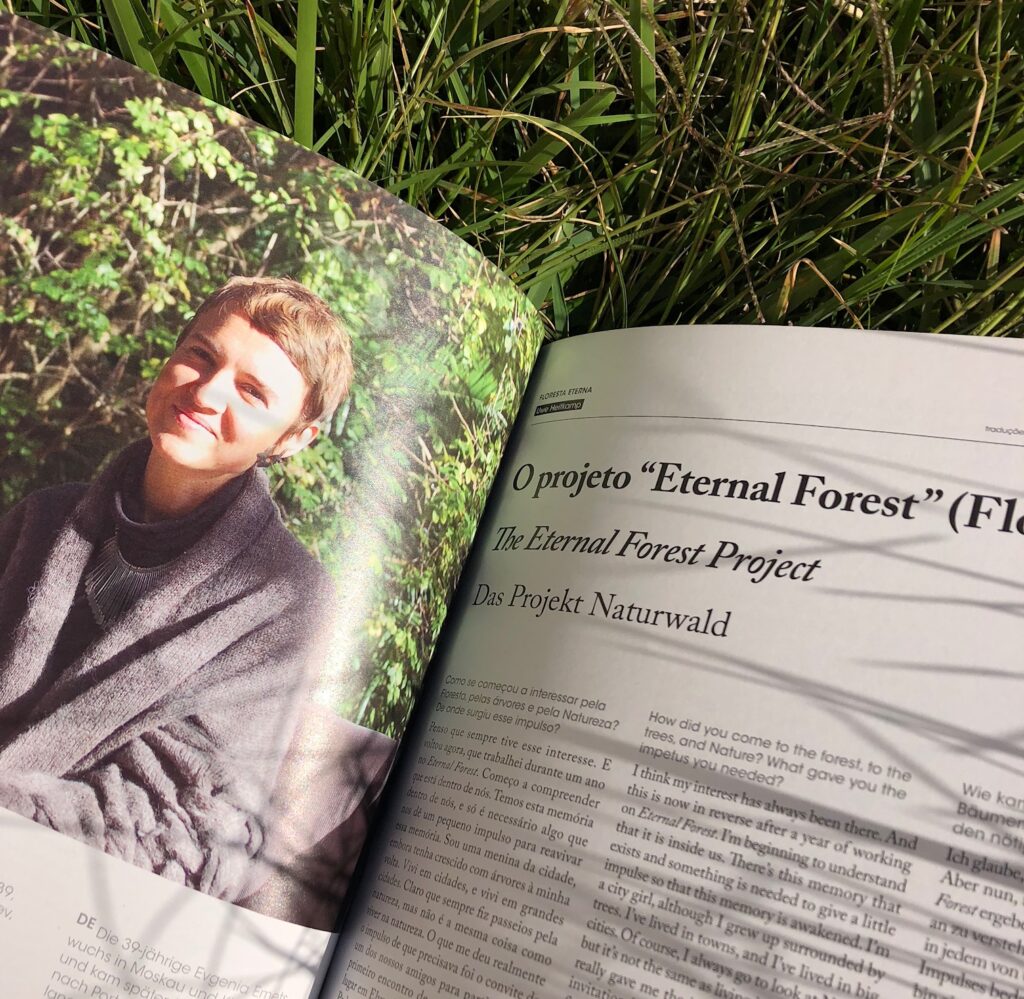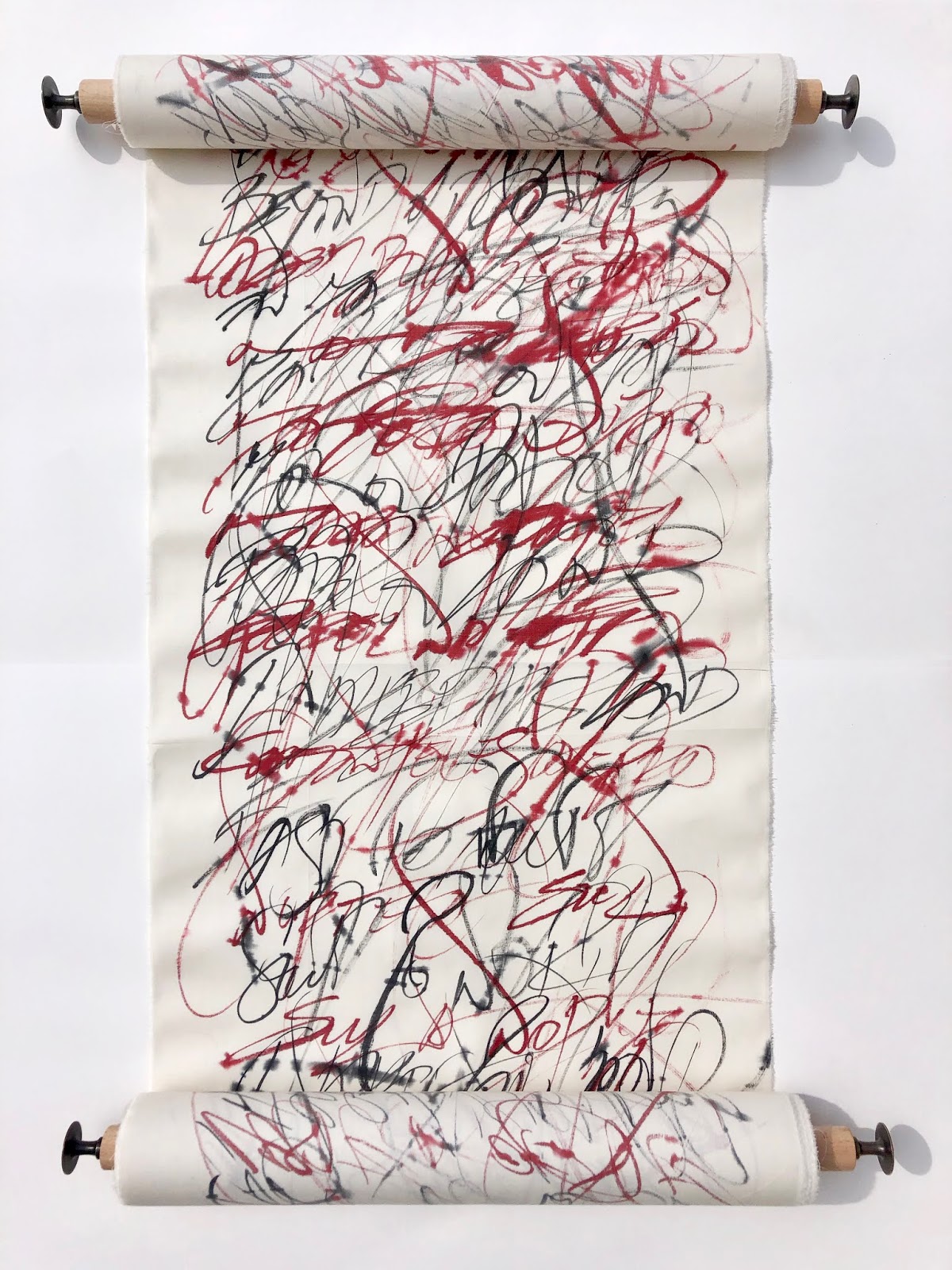Portuguese Drop Out Design and the Question of Longevity by Maria Kruglyak
Maria-Kruglyak-VOLUME_65_Living-Together-2024Interview in Evolve Magazine
e43-web-Doppelseiten-Emets-1
With Julia Wenzel we discussed several themes central to Eternal Forest work:
– We spoke about the need for a deep spiritual relationship with the forest beyond treating the forest as a resource and a supermarket of products.
– I shared ways in which Eternal Forest contributes to forest regeneration and protection through art – by creating artistic trails and experiences in nature https://lnkd.in/dVRafRgq, conversations and exhibitions and collaborative work with scientists, academics, regenerative and landscape designers to support communities in creating forest sanctuaries
– We also discussed what makes a forest a sanctuary, what it means to have a sacred forest, and why this might be crucial for supporting biodiversity and healthy ecosystems.
– It is always interesting to think again about the question of a 1,000-year project and how it translates into my own daily life and art. How with the view of deeper time, we can slow down in our way of being, tune in with the Earth’s ecosystem and learn to listen to the forest being and all their inhabitants. How it then affects our psyche, our way of being, our decisions and our actions.
Fugas/Publico: Evgenia Emets, a artista que aprendeu a ouvir as plantas, 2023, by Alexandra Prado Coelho, in Portuguese
‘Há uma planta que vive em três tempos – no ontem, no hoje e no amanhã. Por
isso, deram-lhe esse nome: yesterday, today and tomorrow. O que é que ela nos
pode contar do que foi ontem e do que será amanhã? O que é que ela nos pode
ensinar sobre hoje?’
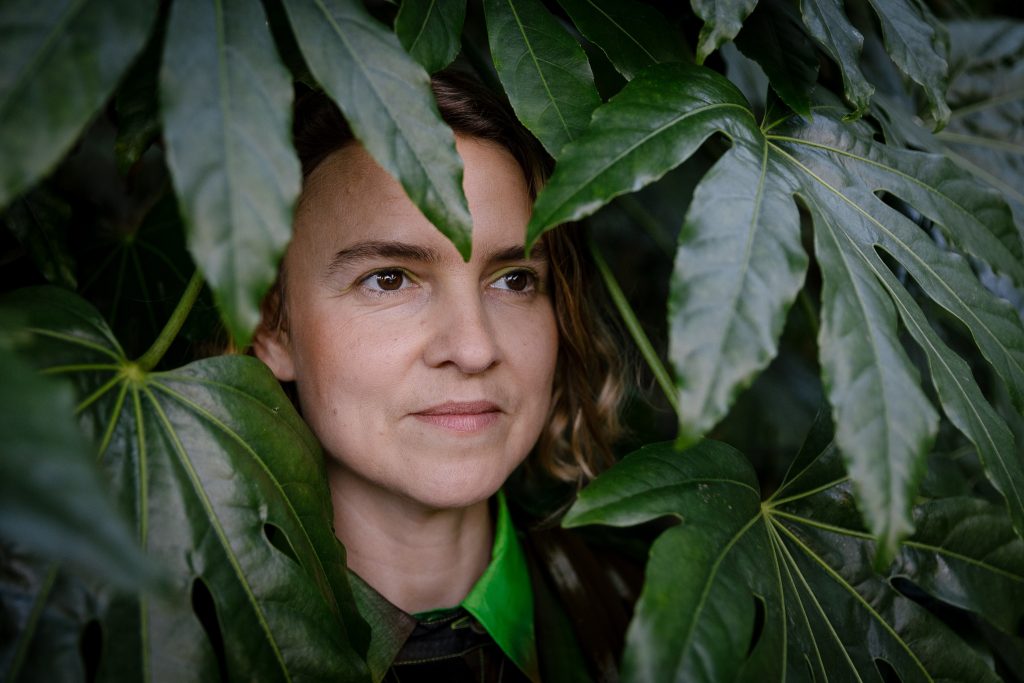
Photo: Maria Abranches / Publico/Fugas
Endémico: Evgenia Emets y su obra «Forest Time»: el bosque como un ser con su propio sentido del tiempo, 2023, in Spanish
‘Reconectar nuestra relación con la Tierra puede hacerse de muchas maneras. Una forma es tener un encuentro inmersivo con algún ecosistema de interés, un bosque, por ejemplo. Otra opción puede ser por medio de la experiencia artística que tematice o reflexione en torno a la problemática ambiental. Mejor aún, es unir ambas. De esto se trata el trabajo de la artista Evgenia Emets.’
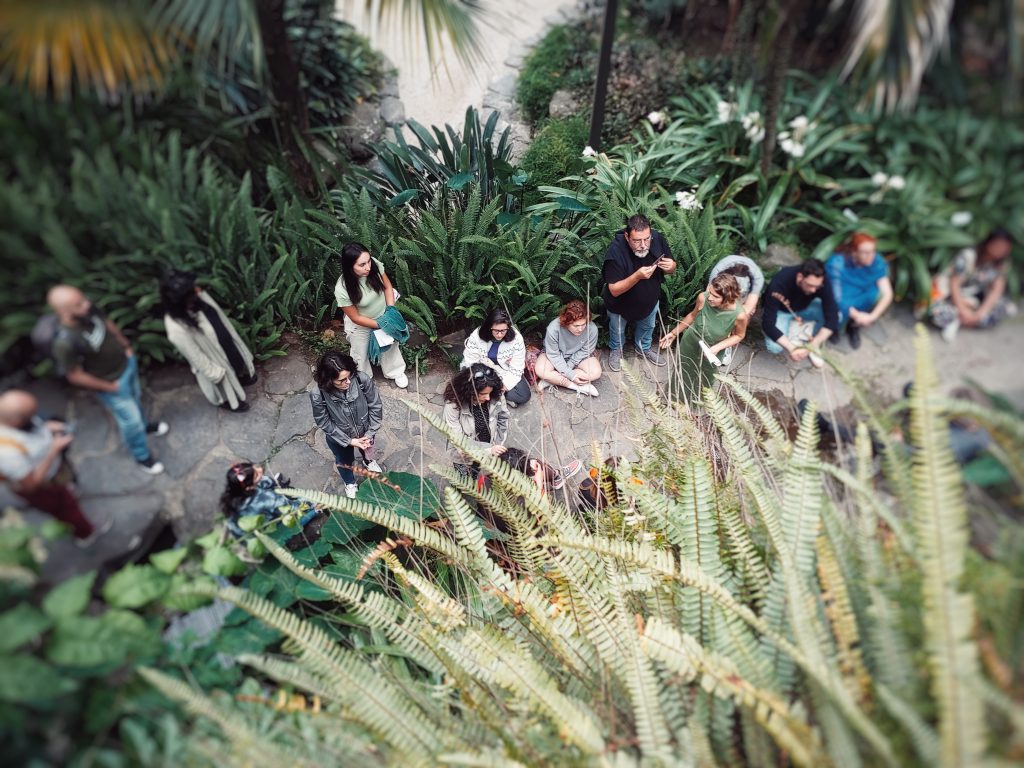
Photo @daoleg, Jardins Abertos
Eternal Forest in TAP publication: A Few Things We Learned about Art, Ecology and the Commons, 2021
Art, Ecology and the Commons program sought to harness the forest’s togetherness and collective practice to inspire new methodologies. This e-publication stems as much from the research references, conversations, and sister initiatives having guided us through the project, as from the takeaways, propositions, and new questionings prompted by artists, participants and community members we engaged with during the program in August 2021. Jumping between local and international scales, the transborder character of Art, Ecology, and the Commons unfolds throughout the following pages.
Can relating our bodies to growing shrubs foster greater empathy and care? Can looking at forests’ complex modes of organization inspire us in greater solidarity? If a polluted river makes us realize the suffering we cause and endure, a travelling seed can whisper its tale to make us hope, and cope.
As such A Few Things we Learned about Art, Ecology, and the Commons plants the seeds for urgent reflections on our ecological relations and modes of collaboration. (click link or image to download the publication)
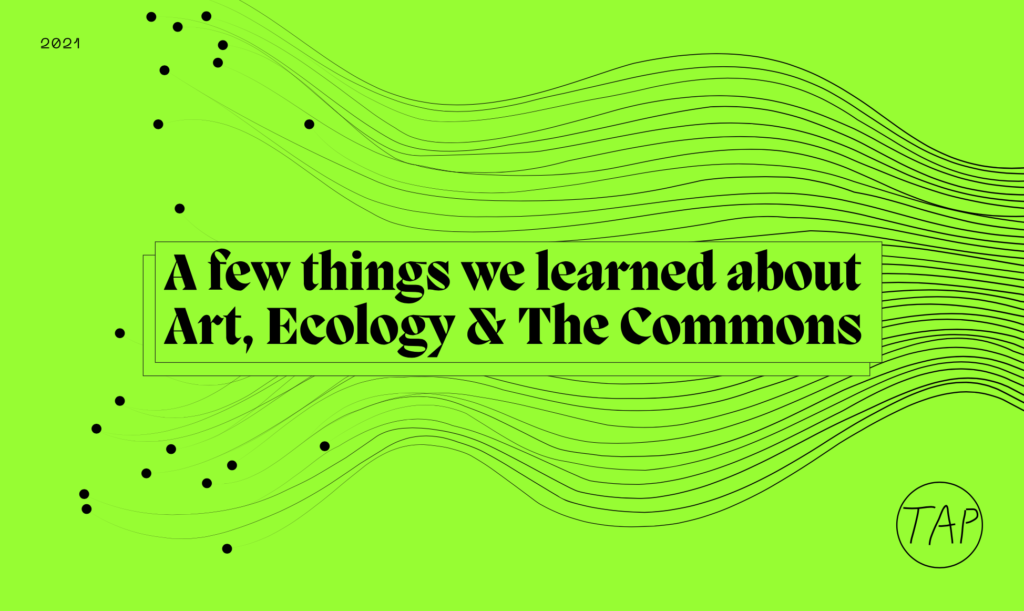
Eternal Forest Editorial The Empty Square, 2021
“Learning to live like a forest, to operate like a forest, running on reciprocity, on mutuality, could perhaps be a proposition for a healthier society, one that considers the well-being of other species well as important as its own. I am asking myself can we really learn this? Forest is telling me that she can teach us: she is a great book we can read if we can connect the patterns in our minds.”
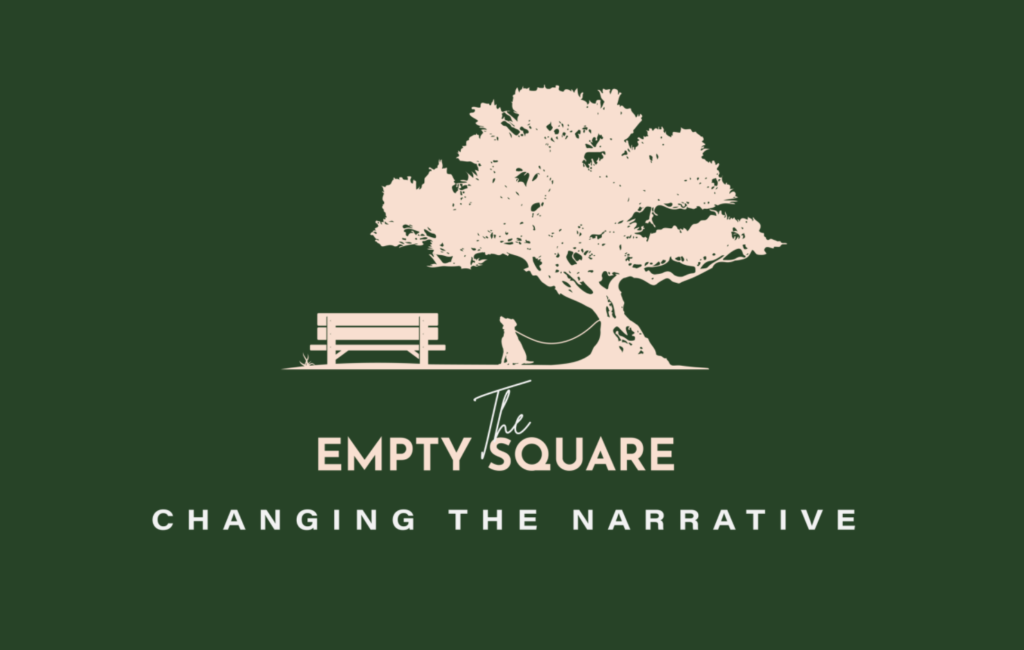
UK Health Radio: Environment & Conservation Show, 2021

El Pais, July 2021
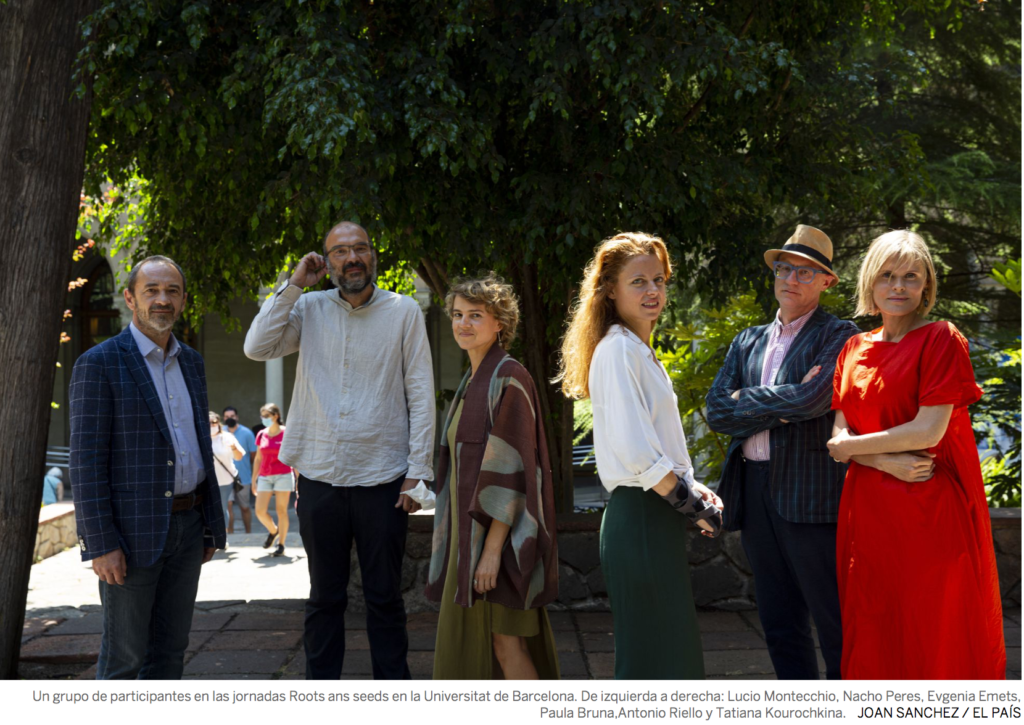
The Learned Pig, 2020
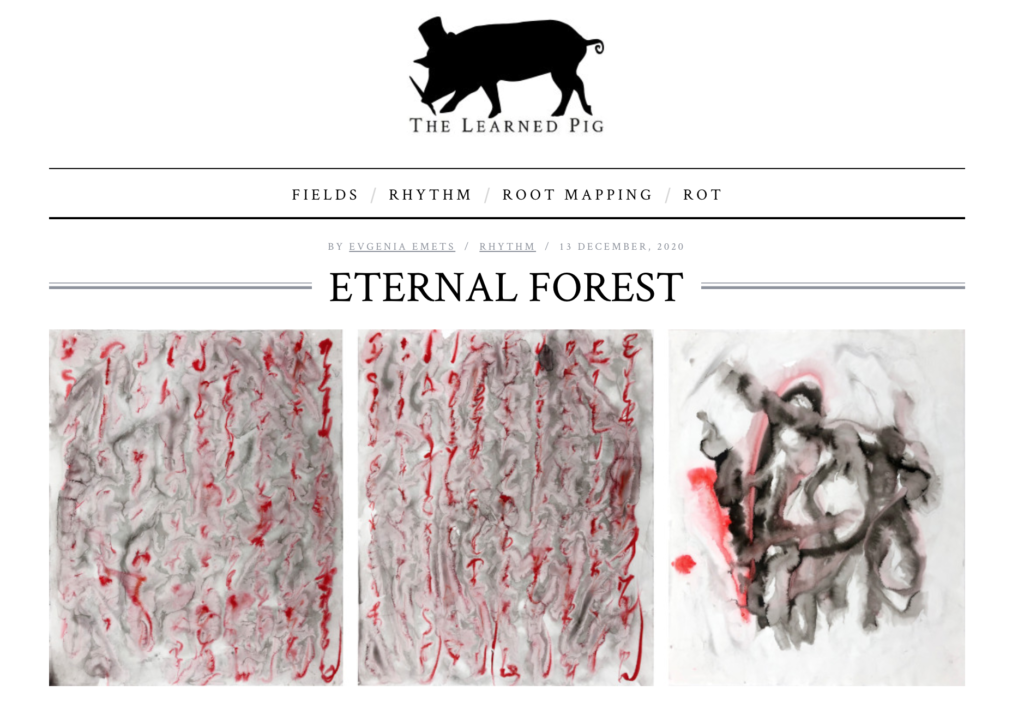
Interview with Evgenia Emets by Amelie Eise at Umbigo Magazine, June, 2020
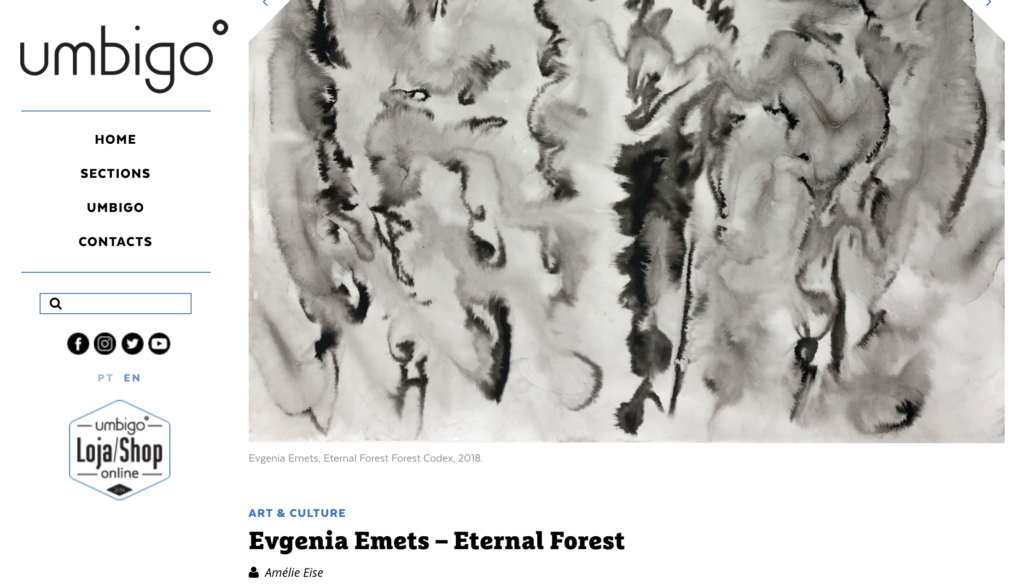
Ecological Citizen, January 2021
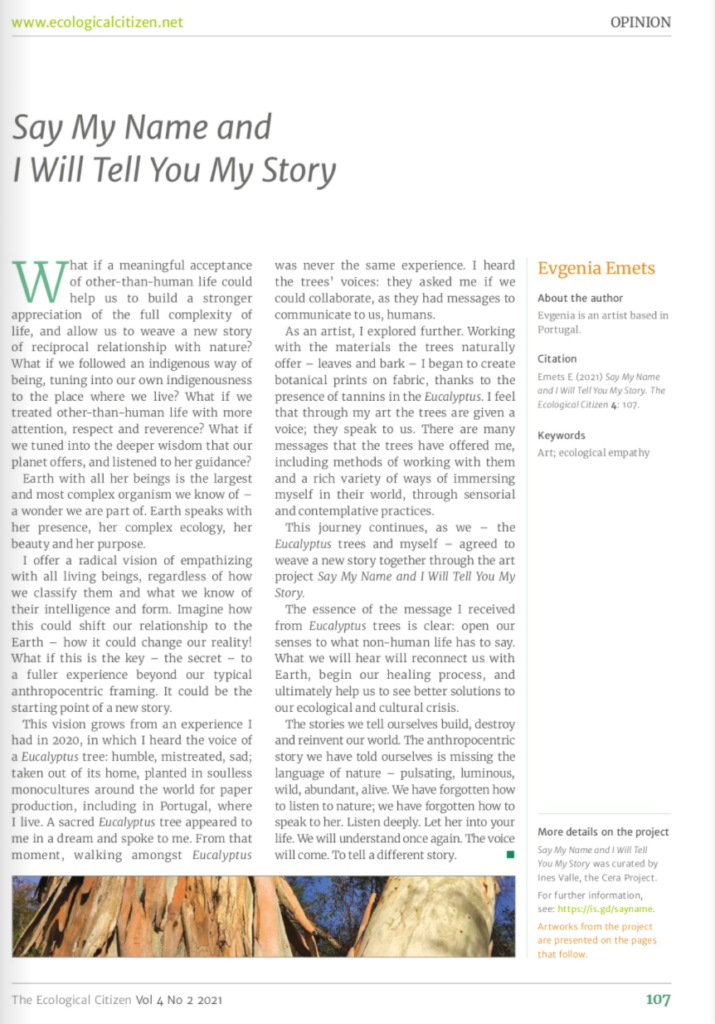
Eternal Forest in Trees Journal, 2018
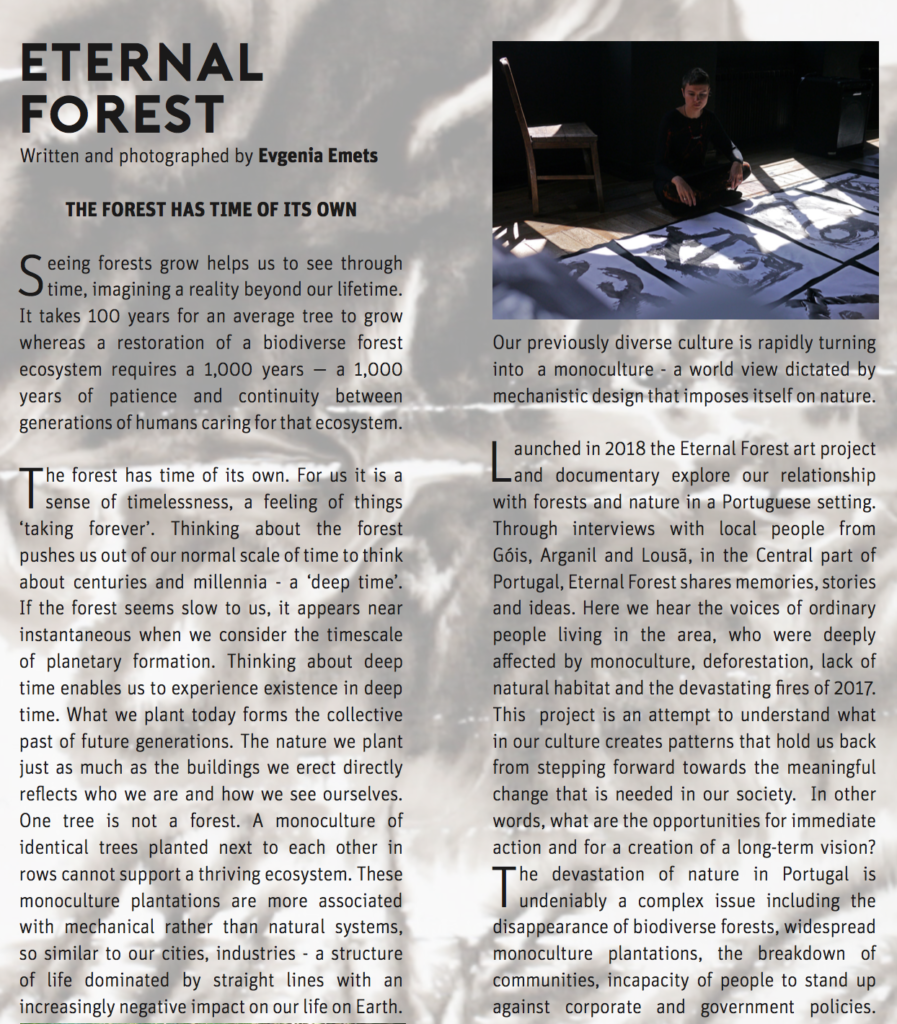
Eternal Forest interview in ECO123, 2018
